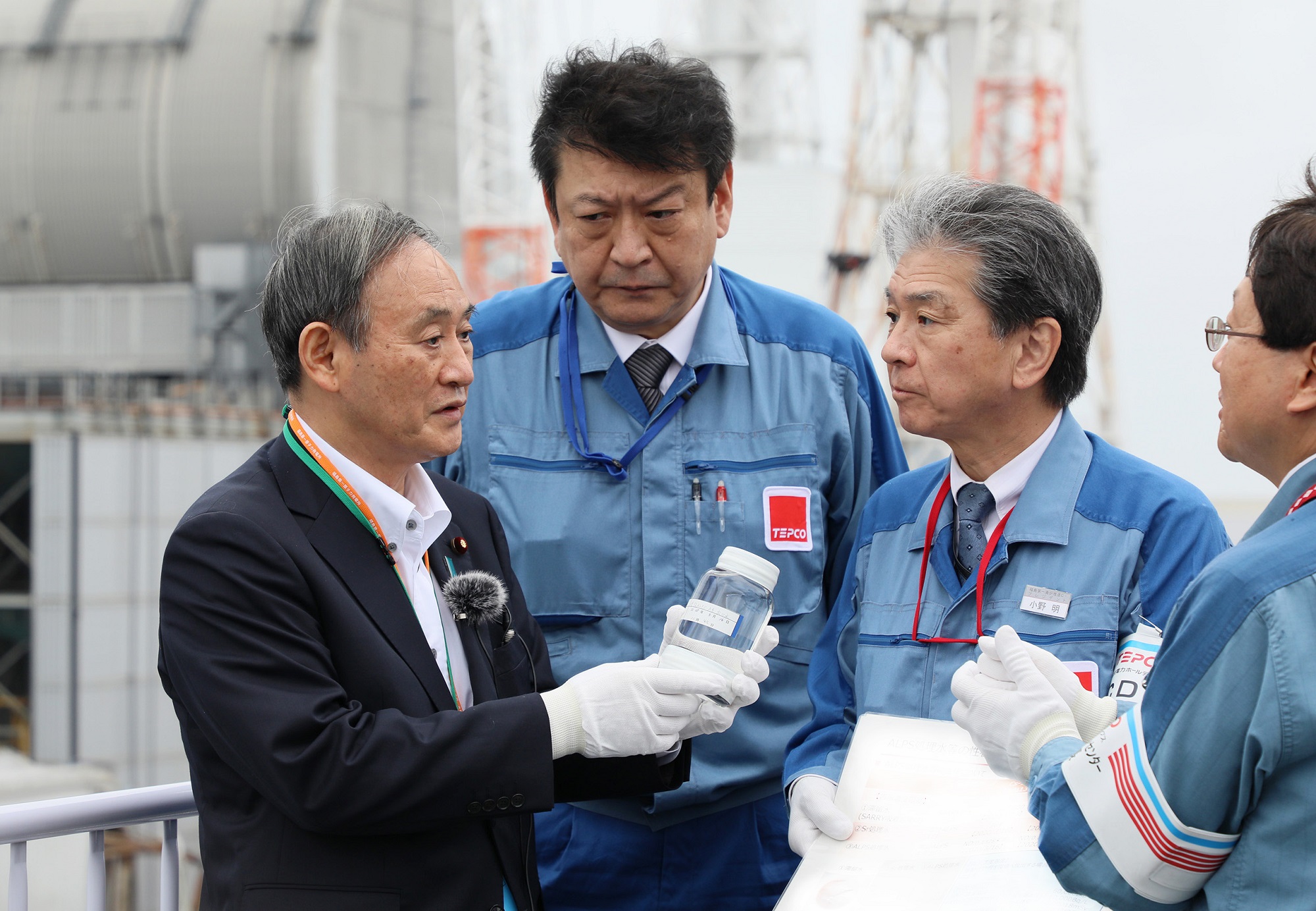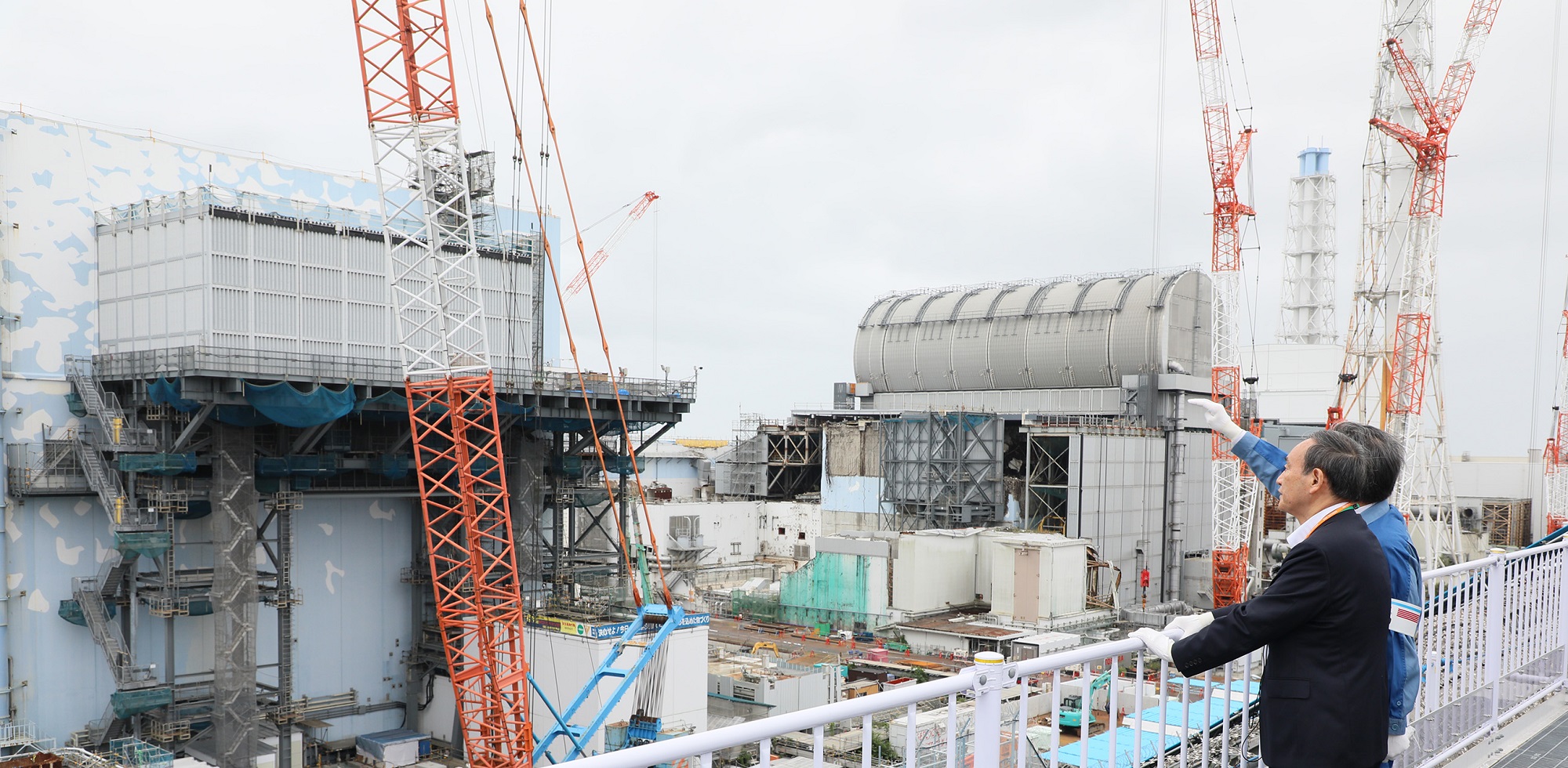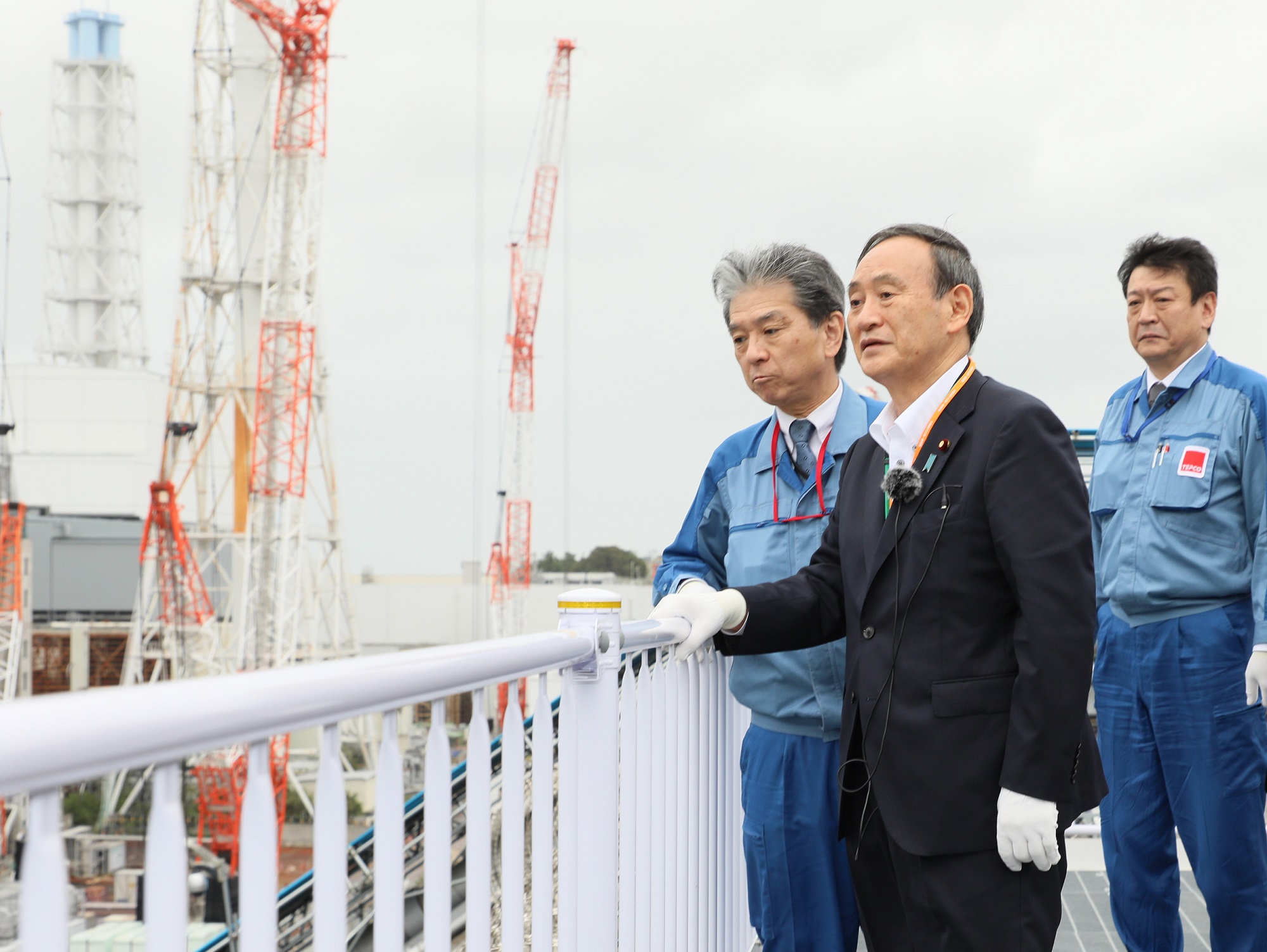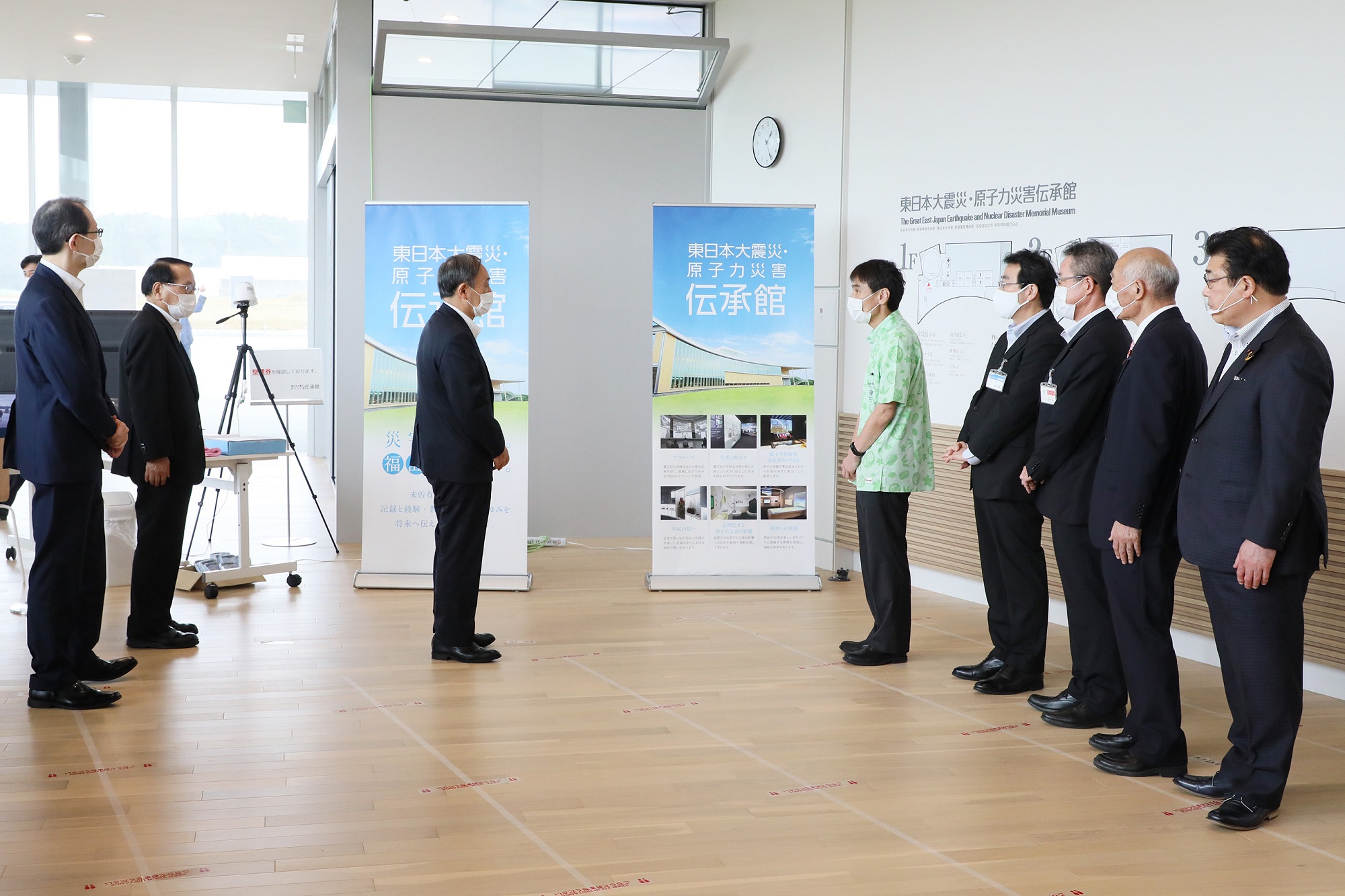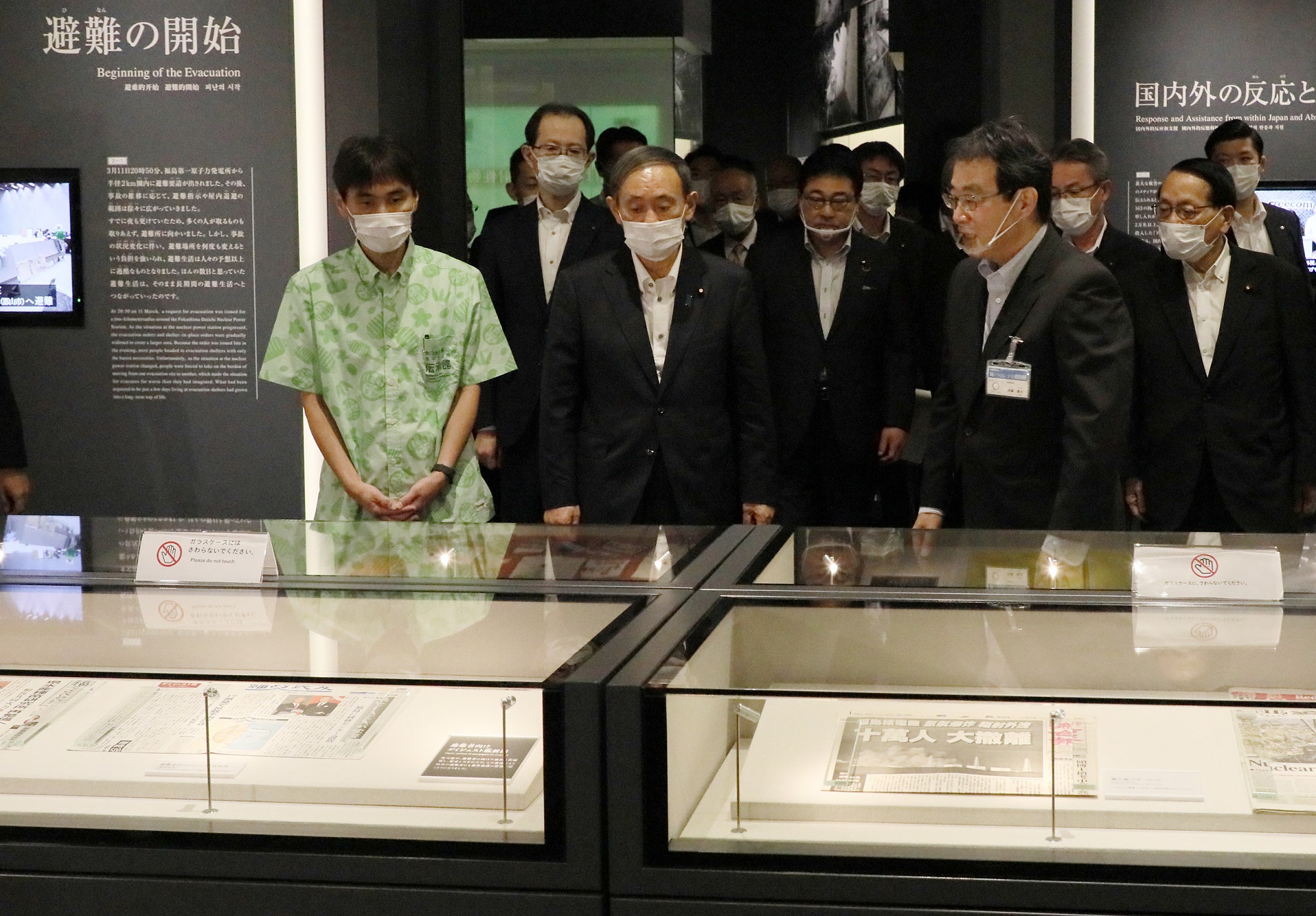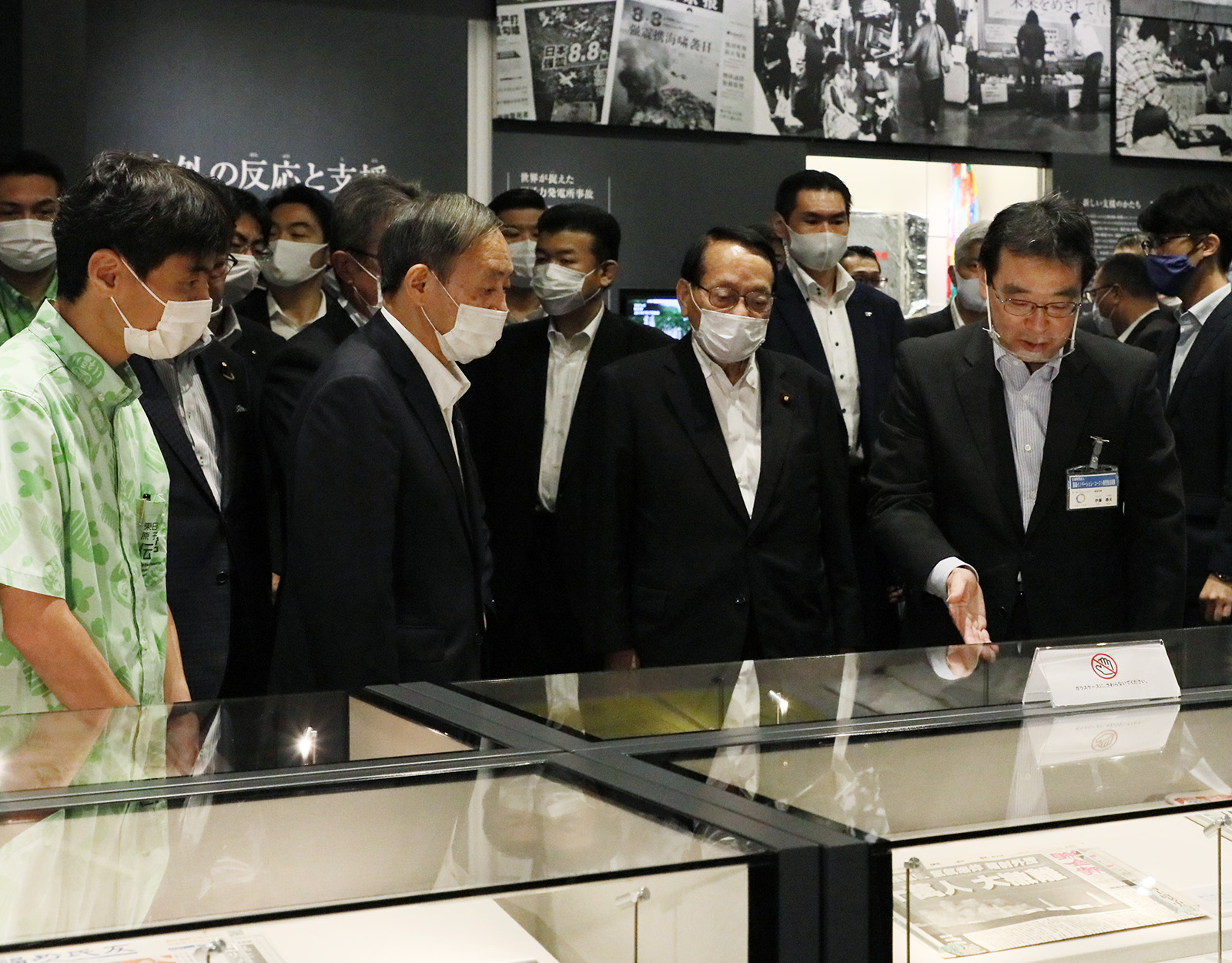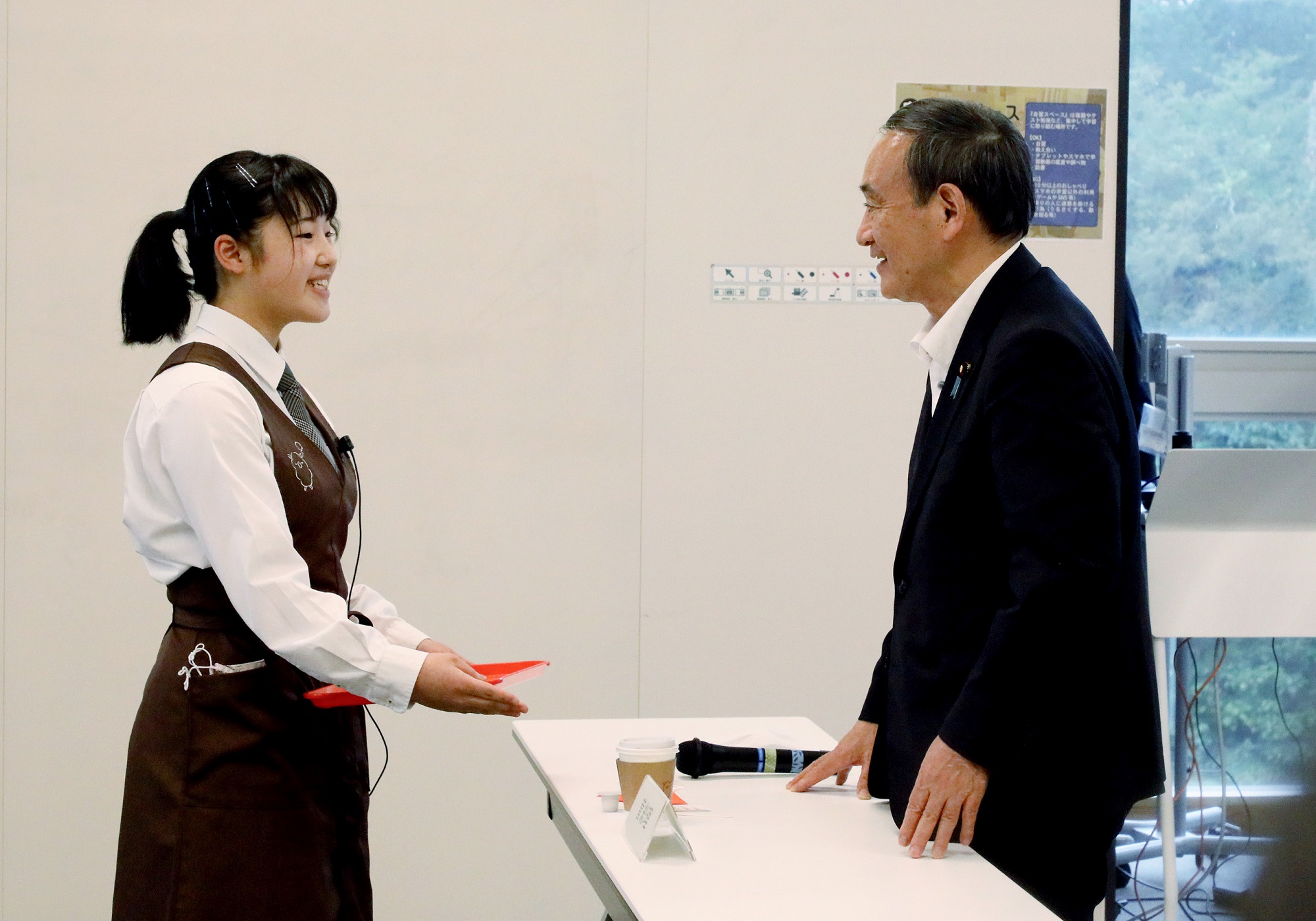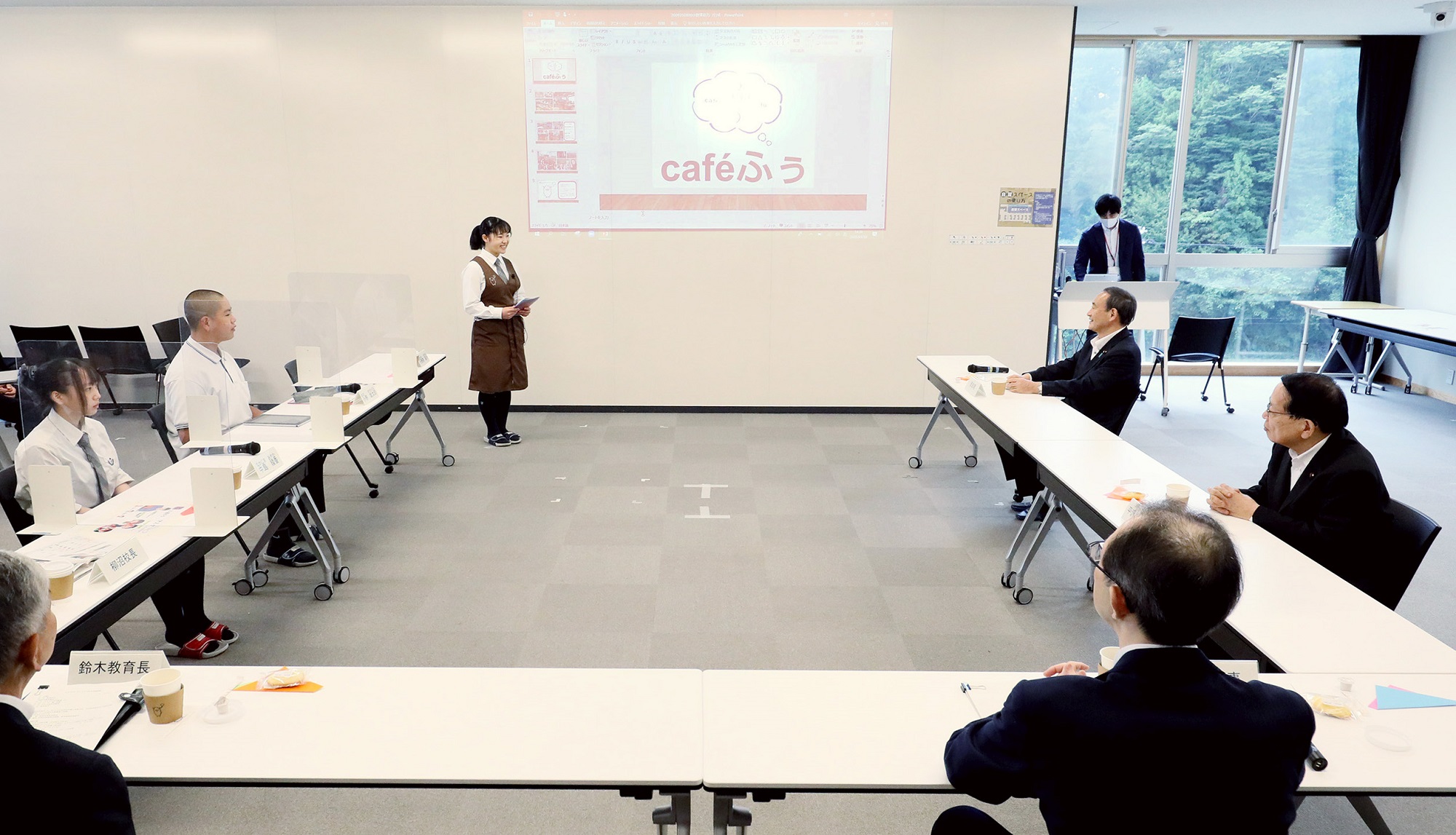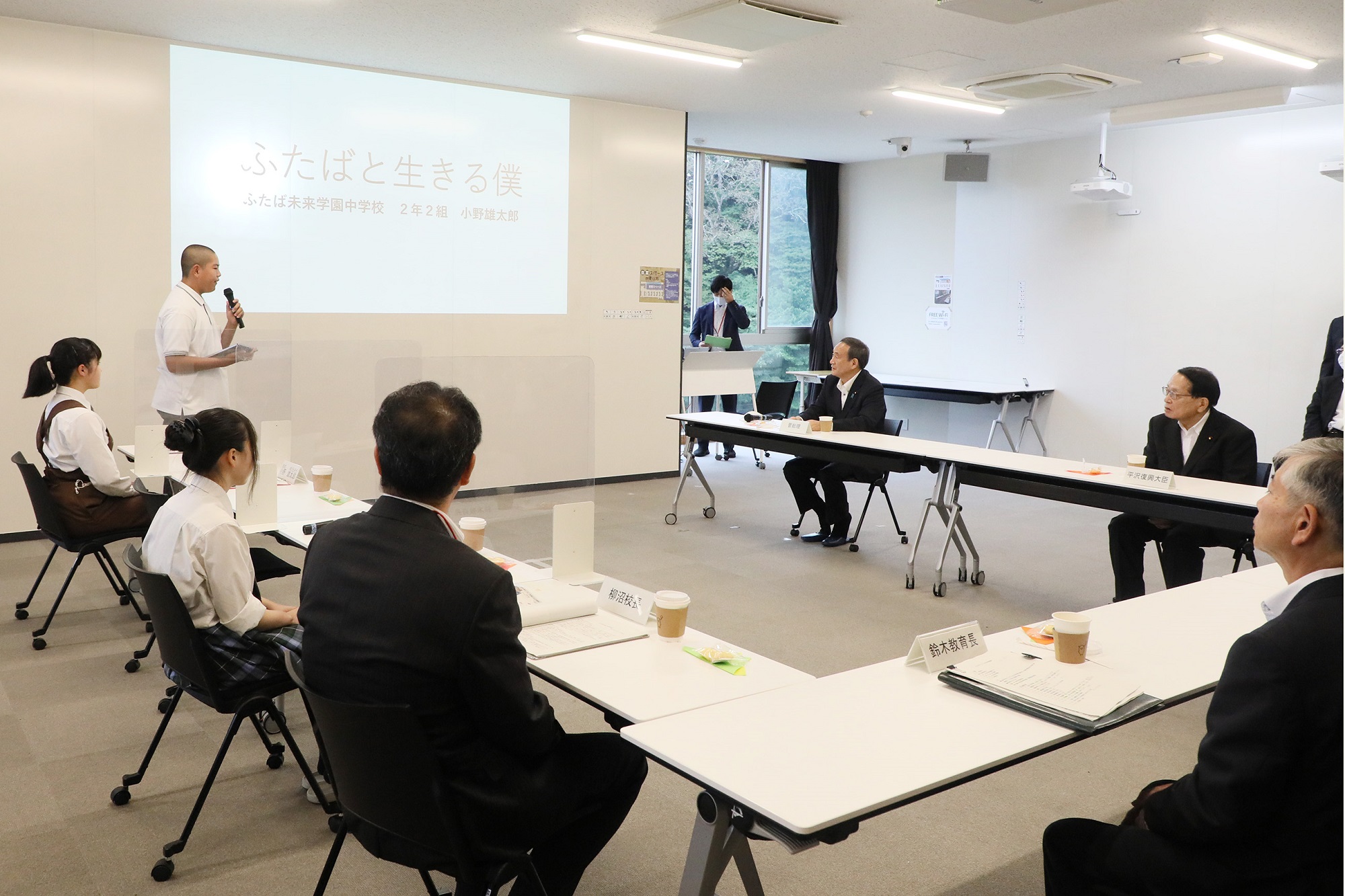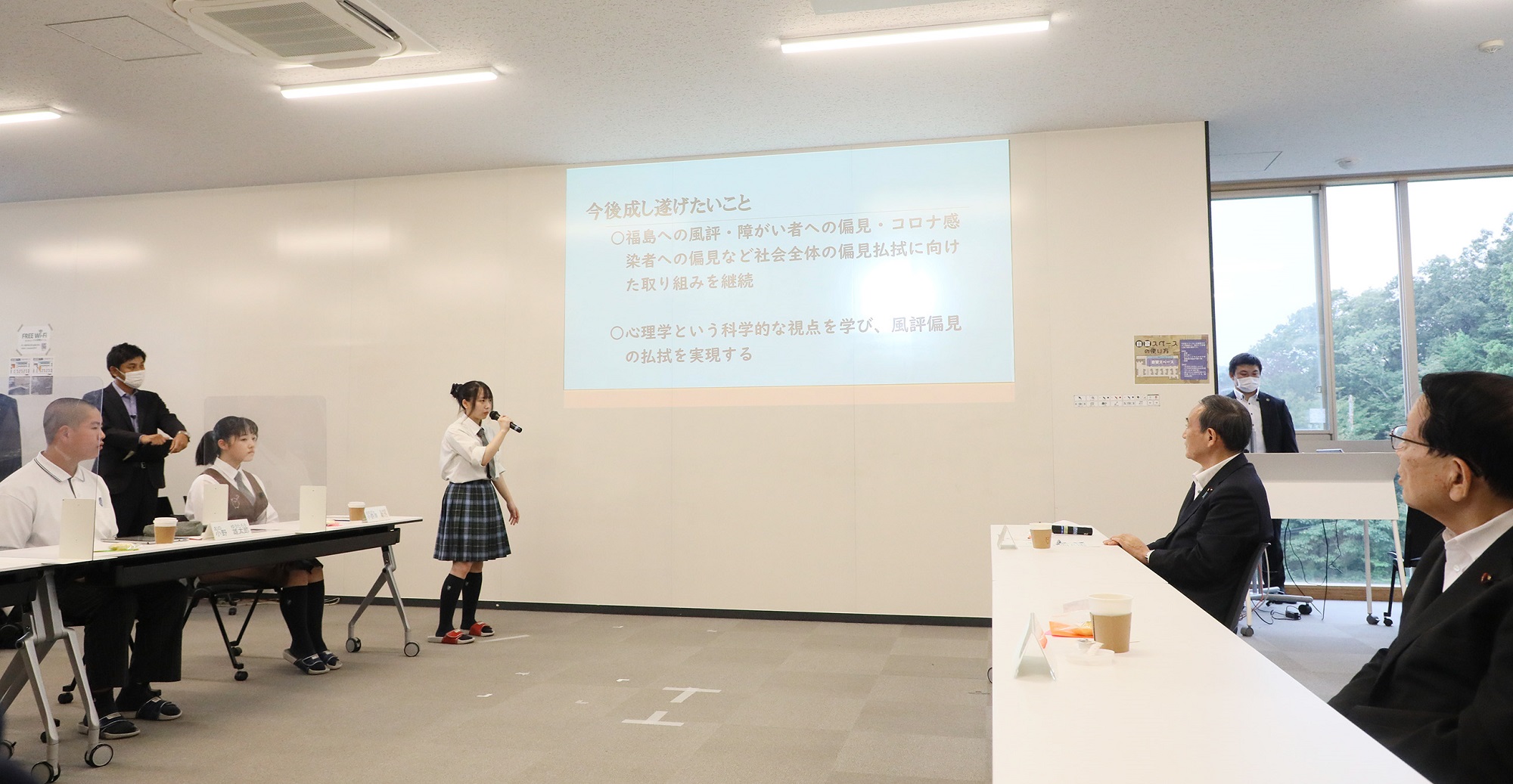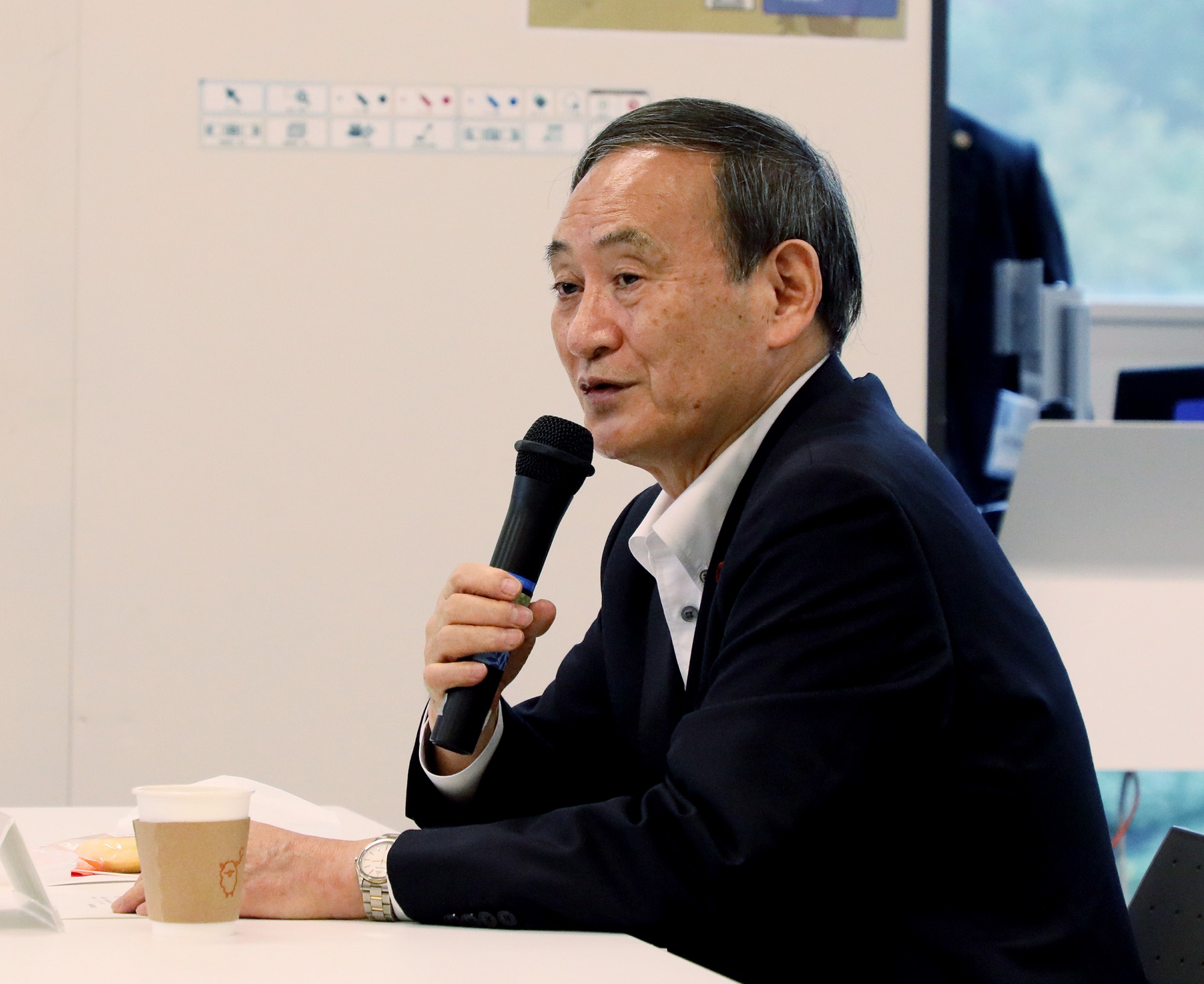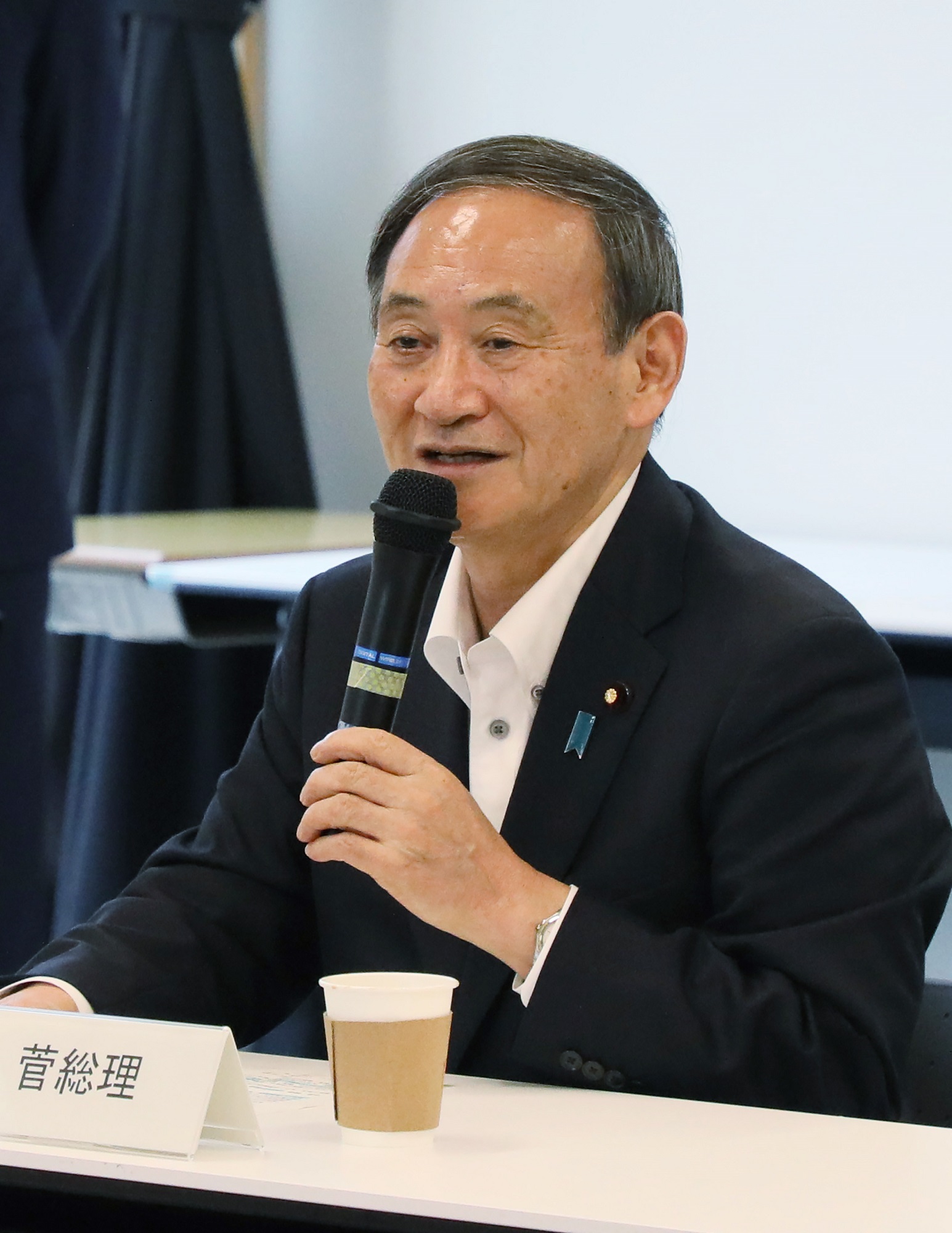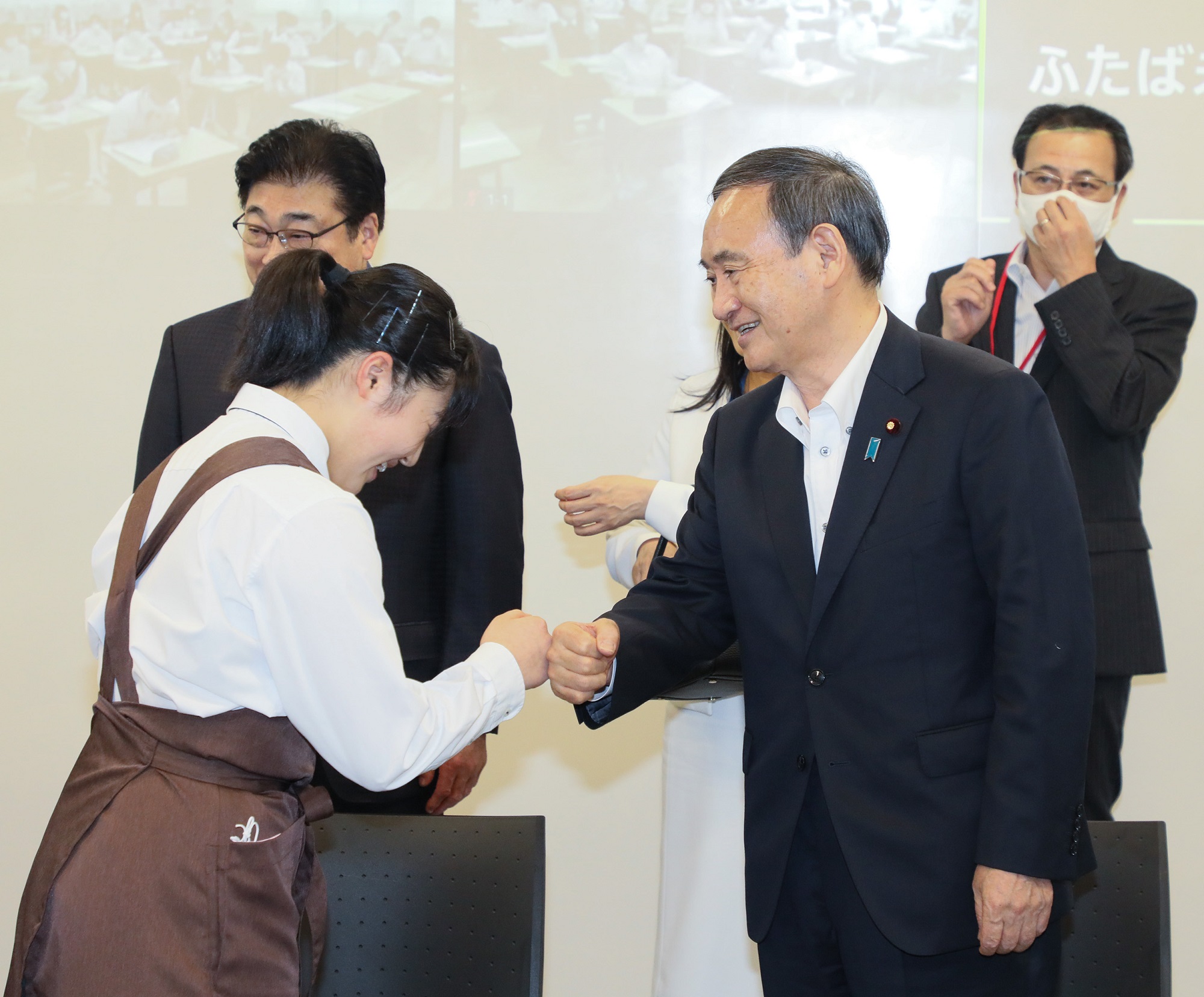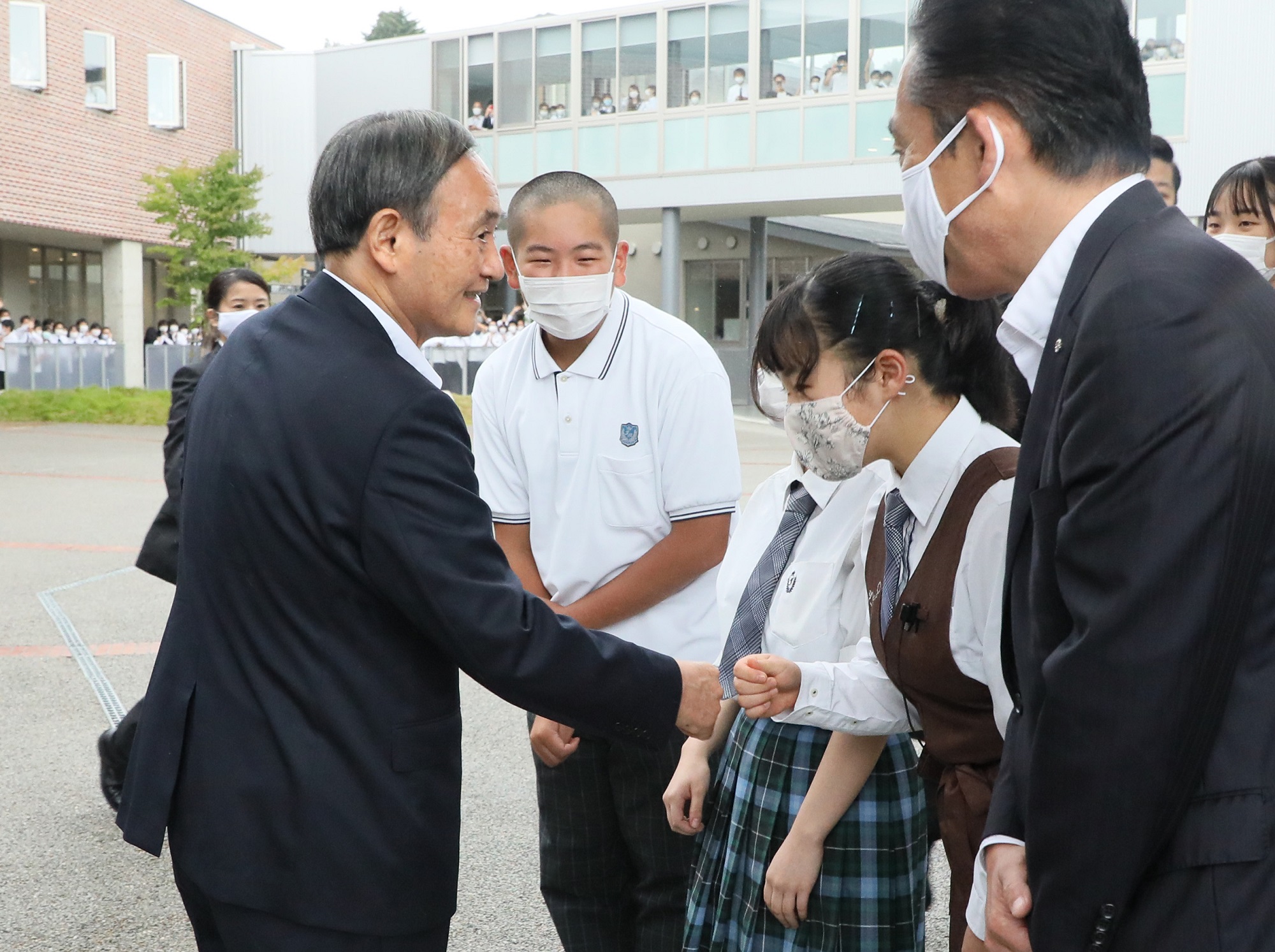Home > News > The Prime Minister in Action > September 2020 > Visit to Fukushima Prefecture
The Prime Minister in Action
Visit to Fukushima Prefecture
September 26, 2020
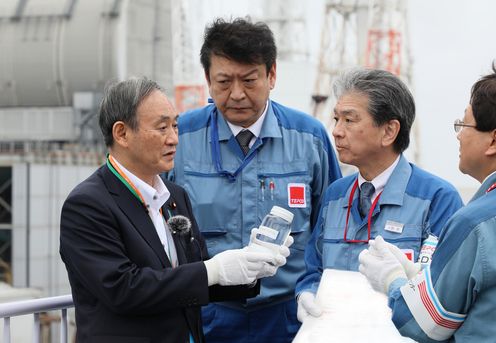
Photograph of the Prime Minister visiting the TEPCO Fukushima Daiichi Nuclear Power Station (1)
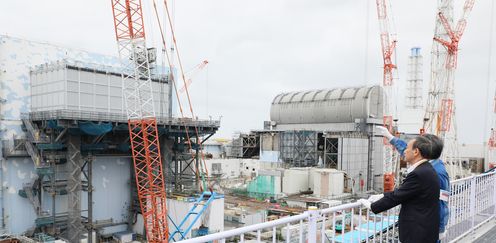
Photograph of the Prime Minister visiting the TEPCO Fukushima Daiichi Nuclear Power Station (2)
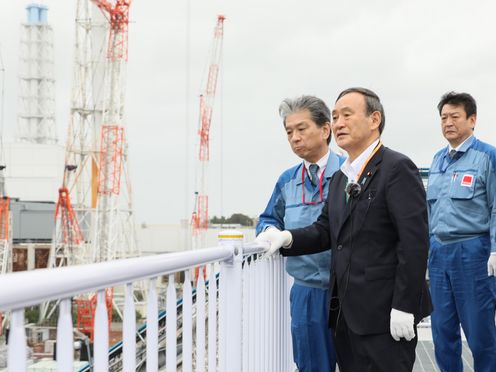
Photograph of the Prime Minister visiting the TEPCO Fukushima Daiichi Nuclear Power Station (3)
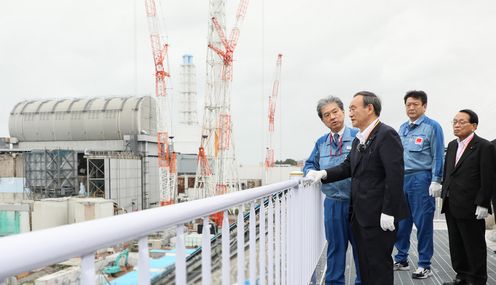
Photograph of the Prime Minister visiting the TEPCO Fukushima Daiichi Nuclear Power Station (4)
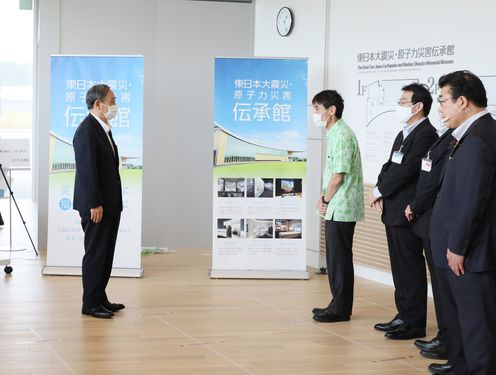
Photograph of the Prime Minister visiting TEPCO Fukushima Daiichi Nuclear Power Station (5)
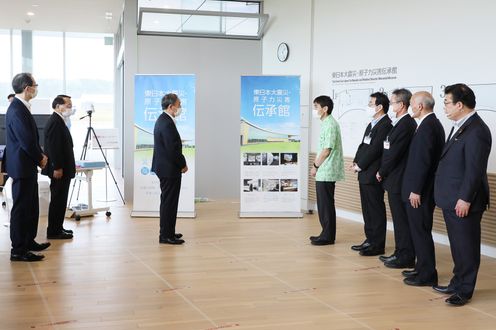
Photograph of the Prime Minister visiting the Great East Japan Earthquake and Nuclear Disaster Memorial Museum (1)
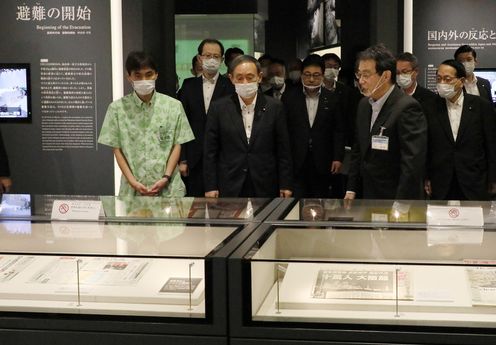
Photograph of the Prime Minister visiting the Great East Japan Earthquake and Nuclear Disaster Memorial Museum (2)
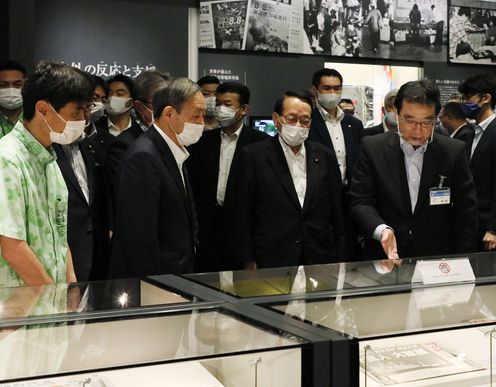
Photograph of the Prime Minister visiting the Great East Japan Earthquake and Nuclear Disaster Memorial Museum (3)
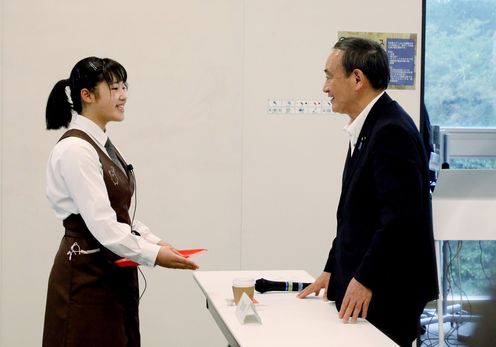
Photograph of the Prime Minister interacting with students at the Futaba Mirai Gakuen (1)
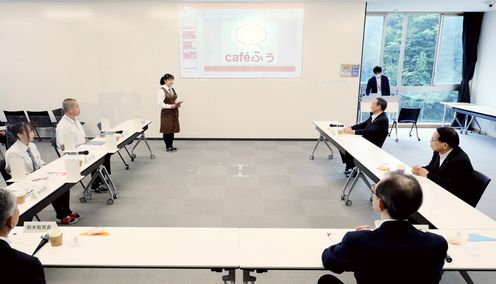
Photograph of the Prime Minister interacting with students at the Futaba Mirai Gakuen (2)

Photograph of the Prime Minister interacting with students at the Futaba Mirai Gakuen (3)
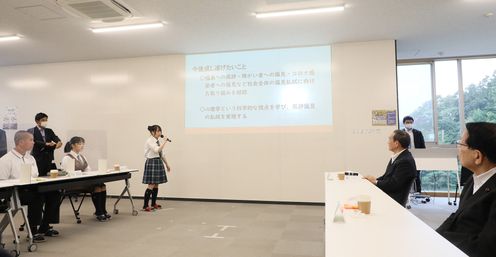
Photograph of the Prime Minister interacting with students at the Futaba Mirai Gakuen (4)

Photograph of the Prime Minister interacting with students at the Futaba Mirai Gakuen (5)
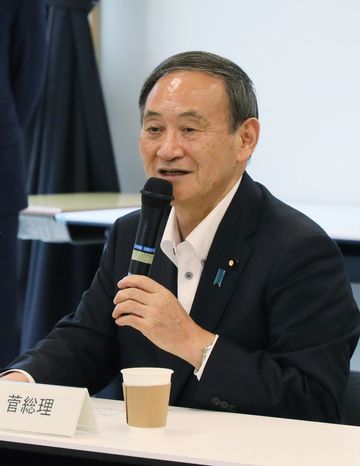
Photograph of the Prime Minister interacting with students at the Futaba Mirai Gakuen (6)
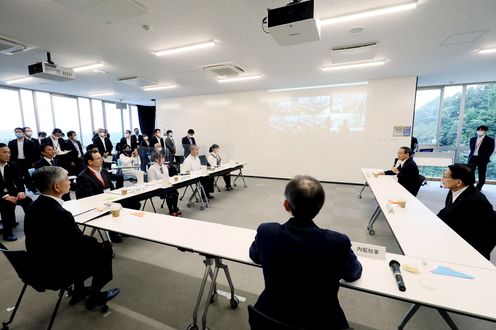
Photograph of the Prime Minister interacting with students at the Futaba Mirai Gakuen (7)
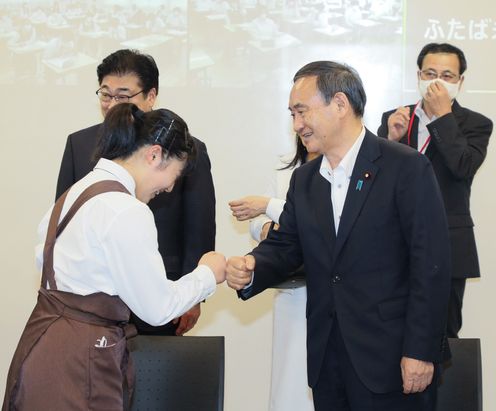
Photograph of the Prime Minister interacting with students at the Futaba Mirai Gakuen (8)
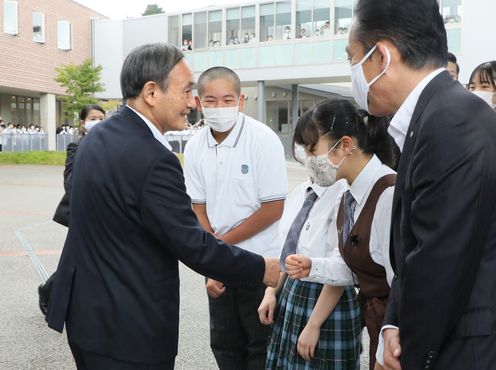
Photograph of the Prime Minister interacting with students at the Futaba Mirai Gakuen (9)
On September 26, 2020, the Prime Minister visited Fukushima Prefecture.
The Prime Minister first visited TEPCO Fukushima Daiichi Nuclear Power Station, followed by the Great East Japan Earthquake and Nuclear Disaster Memorial Museum in the Town of Futaba. After that, the Prime Minister visited the Futaba Mirai Gakuen Junior and Senior High School in the town of Hirono, and held conversations with students.
After the visit to Futaba Mirai Gakuen, the Prime Minister said,
"I chose Fukushima as my first place for a site-visit since my appointment as the Prime Minister and have taken a tour of Fukushima Daiichi Nuclear Power Plant and other places.
At Fukushima Daiichi Nuclear Power Plant, I confirmed for myself that the decommissioning works are progressing steadily and safely. Regarding the Advanced Liquid Processing System (ALPS)-treated water, I directly saw the conditions of the storing tanks and relevant facilities. At the earliest possible time, the Government will responsibly decide on the handling of treated water. The Government will continue to take the lead and work on this issue so as to achieve both reconstruction and decommissioning.
The Great East Japan Earthquake and Nuclear Disaster Memorial Museum displayed exhibits that move many people and provide visitors with learning opportunities, such as what happened at the time of the earthquake, Fukushima's steps to date, and the future of Fukushima. I feel that this museum significantly coveys the very picture of Fukushima.
At Futaba Mirai Gakuen, I directly spoke with junior and senior high school students. They aspire to move ahead with their community towards the future. It was a very meaningful opportunity and I envision that they will become professionals that lead the reconstruction and revival of Fukushima or become global leaders. I have high hopes for their futures.
‘Without the reconstruction of Fukushima, there is no reconstruction of Tohoku. Without the reconstruction of Tohoku, there is no revival of Japan.’ -- That is the basic policy of my Cabinet. On the day of my inauguration, I firmly instructed this to all the cabinet ministers. The Government will take responsibility and work on the reconstruction from the Great East Japan Earthquake."
Moreover, regarding the efforts made during the Reconstruction and Revitalization Period in its tenth year and beyond, the Prime Minister said,
"First and foremost, as I mentioned earlier, I have the impression that the reconstruction is advancing steadily. Going forward, assistance to victims, such as psychological care and the revival of industries and livelihoods of the communities, are indeed important. I would like the Government as whole to extend these supports. In addition, even though it would take time, I intend to follow through with our efforts until we lift the designation of the difficult-to-return zones and enable everyone to live in those areas.
Starting from steadily advancing the development in the zones designated for reconstruction and recovery, we will let people reside in these areas and, beyond that, would like to advance development outside these areas, even if it will take time. That is the direction of my Government.
We also must never let the lessons and memories of the earthquake and nuclear accident fade way. With that in mind, we will fully utilize the memorial museum I visited today and the national memorials built in each of the three prefectures in Tohoku, as well as communication via websites, never letting those memories be forgotten. We will work on the reconstruction and revival of the region."
Furthermore, on the ALPS-treated water, the Prime Minister said,
"Under the Government's responsibility, we would like to make a decision, providing clear explanations to the stakeholders."

